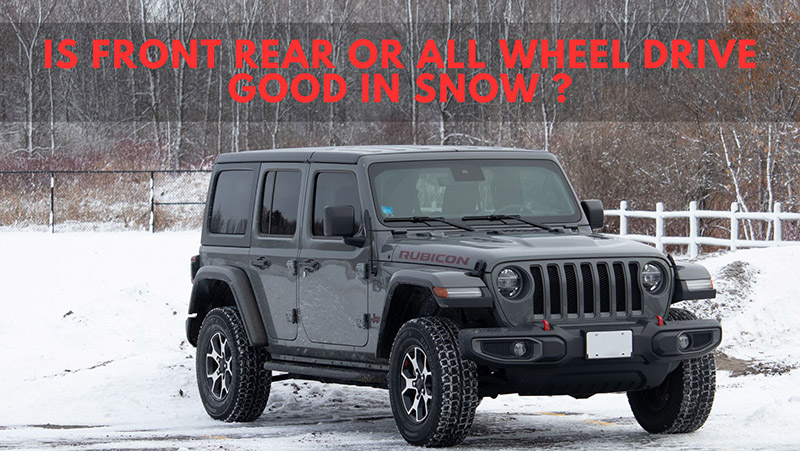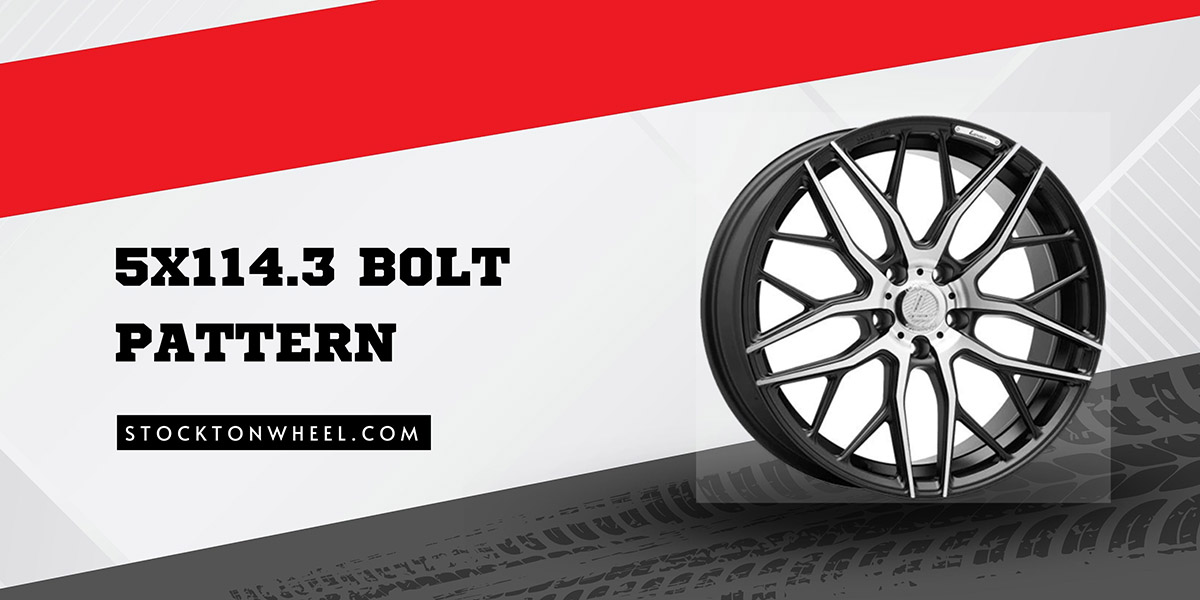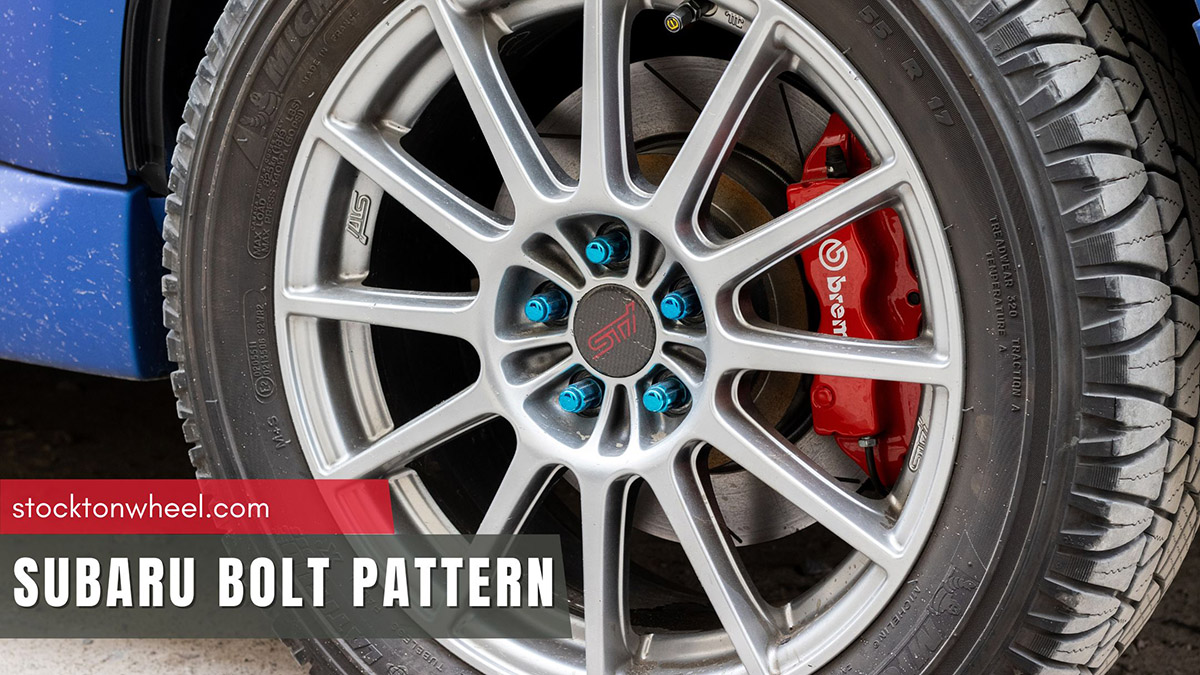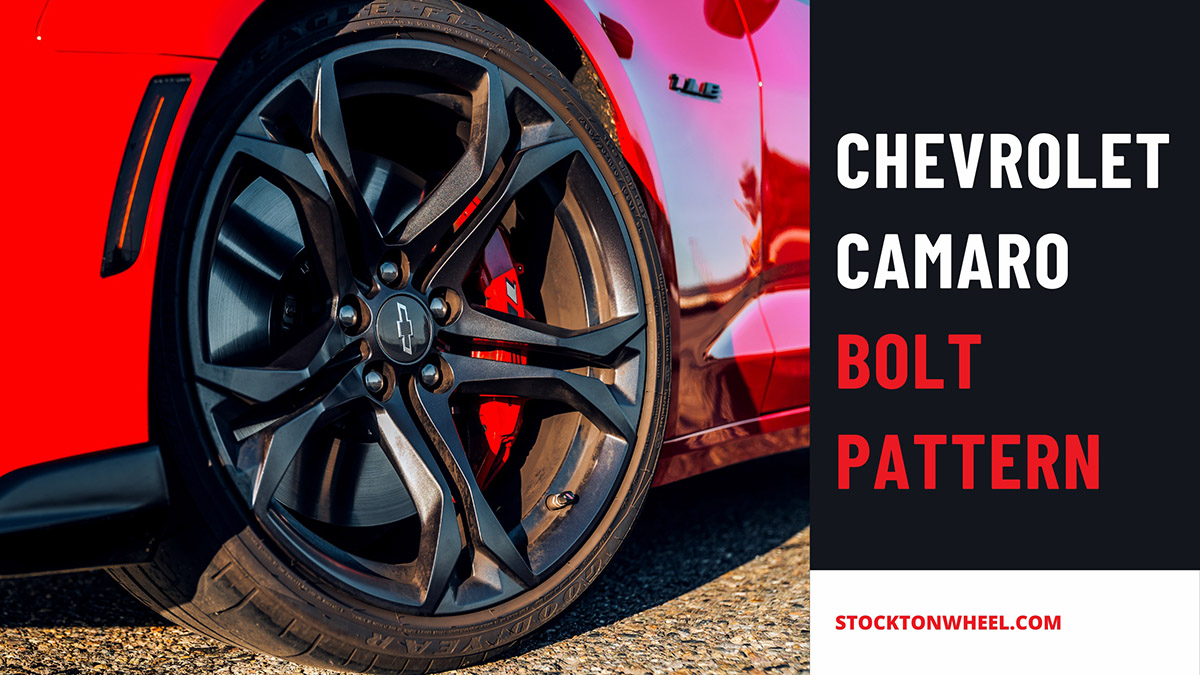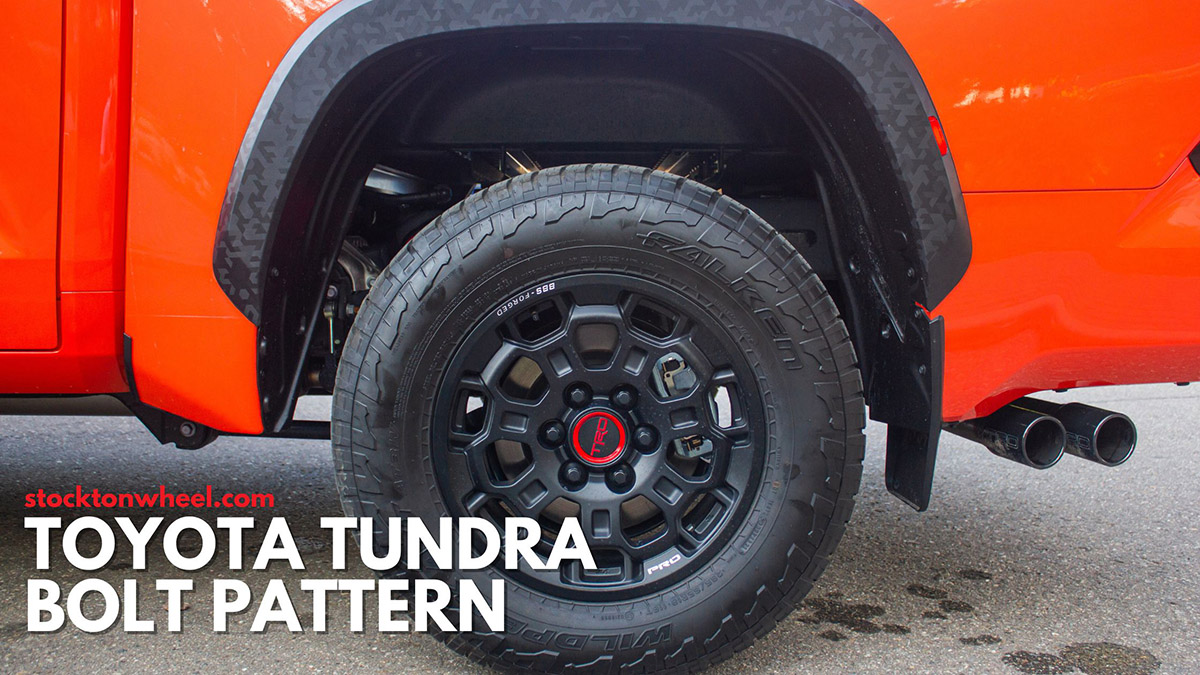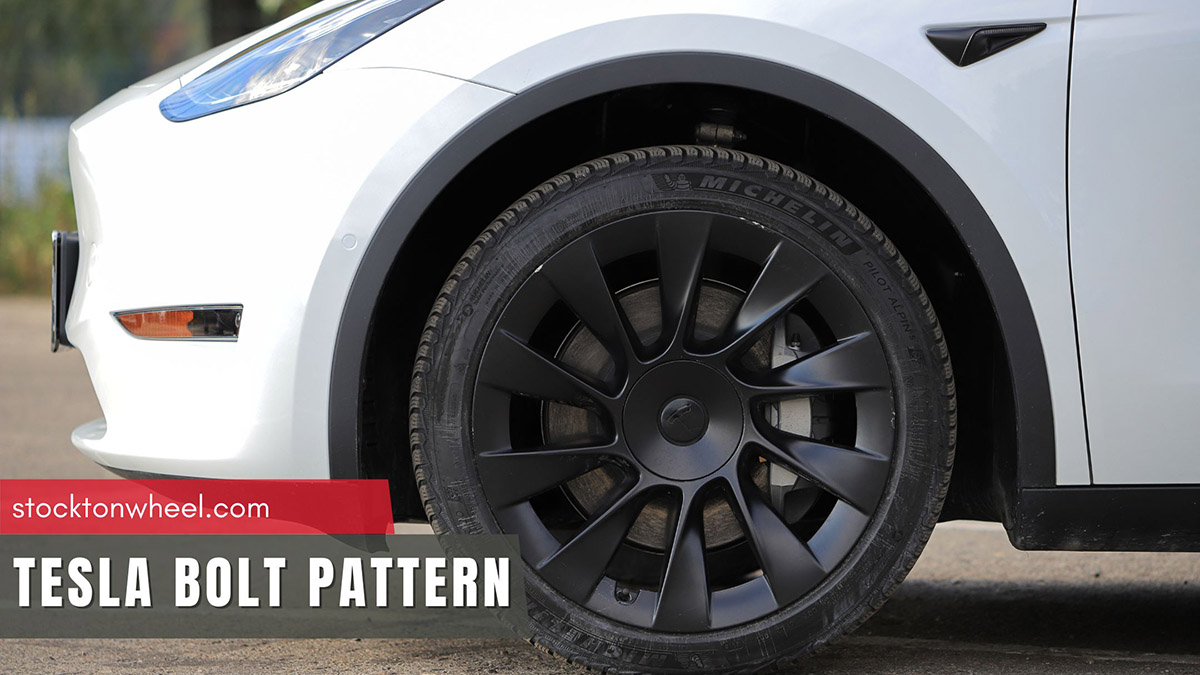Winter, to many drivers, is the most nightmarish time of the year; piles of snow and dripping rain are littered all over the road, making it a pain to scour through them and reach your destination.
Choosing the most appropriate drivetrain system for snow driving, thus, has become the key to survival. And it is not an easy matter to resolve! What wheel drive is best for snow is still a burning question that prompts heated debates.
My expert team would love to contribute to the discussion with our detailed breakdown below.
In this article:
Is FWD, RWD, 4WD, or AWD Good In Snow?
1. 4WD: Is Four Wheel Drive Good In Snow?
Yes. 4WD is one of the best – if not THE best – drivetrain systems for snow driving, especially for heavy off-road paths or unplowed areas. Its low gearing paves the way for better and more controlled crawling through mud, rolling inclines, or even steep hills.
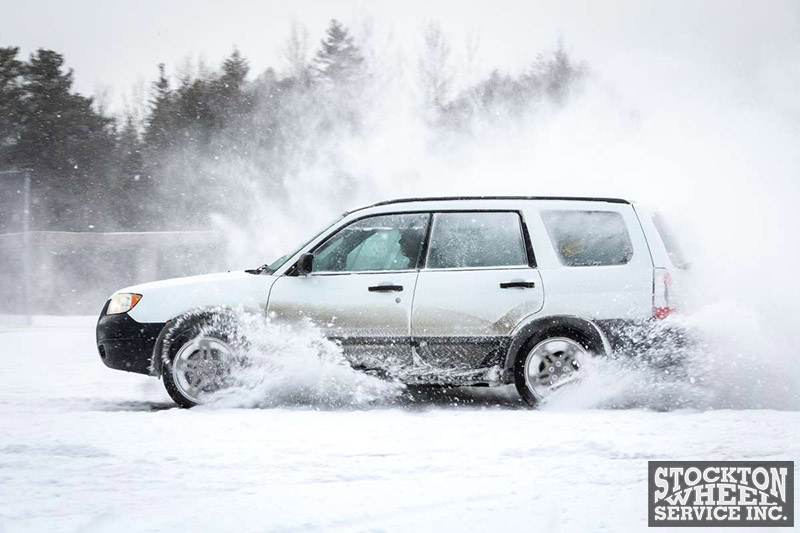
That explains why SUVs and heavy-duty trucks prefer to employ 4WD modes to navigate through snow storms and winter rains. Even those living in rugged countryside areas only benefit from this gear system, and mobility and traction are always guaranteed.
Unfortunately, 4WD is not exactly the full package one expects it to be; some experiments of seasoned drivers revealed that 4WD does not perform well on dry pavements, struggling to maintain control and steering. As the drivetrain compartments strive to keep balance, premature wear on the tires is on the horizon.
That is why I would hardly consider 4WD-only vehicles as the ideal solution. It is much better to purchase vehicles with at least one mode other than 4WD (ex: AWD), allowing you to switch systems according to weather conditions.
2. FWD: Is Front Wheel Drive Good In Snow?
Yes, though that mostly applies to casual snow, not violent snowstorms.
Most FWD weight loads are above their front tires, providing the drivetrain with exceptional traction levels.
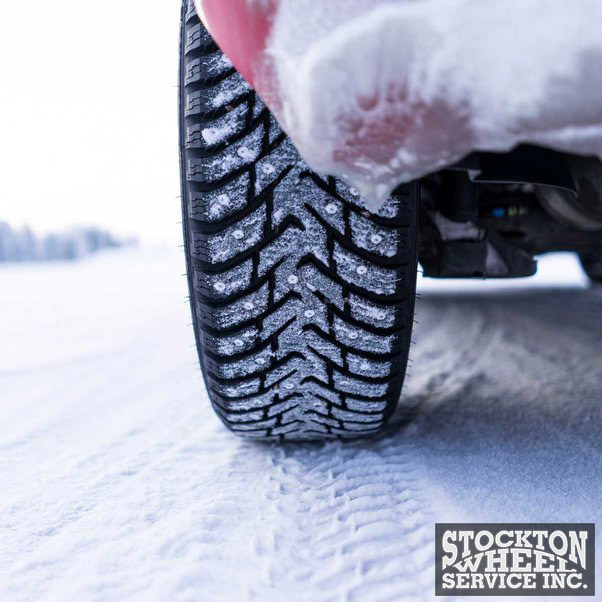
Better yet, as the weights are either behind or above the drive wheels during steering and driving, the car will always be “pulled forwards, saving you from the risks of oversteering (for your info, oversteer is the most cited cause for spinning vehicles in heavy snow).
While all of the above benefits sound amazing, there are, unfortunately, certain reminders to look out for.
For one, FWDs only work best in winter if you drive EXTREMELY slowly on winter tires. Their weight-bias designs are not meant to go well with seasonal or regular tires; using them together will not last your car more than a week.
Plus, FWDs have much lower towing rates and more sluggish acceleration than AWD/4WD or RWD drivetrains (that’s why most racing cars only engage RWD modes instead of FWDs). Worse, with most of the loads pooled upfront, handling an FWD for snow is certainly not easy.
3. RWD: Is Rear Wheel Drive Good in Snow?
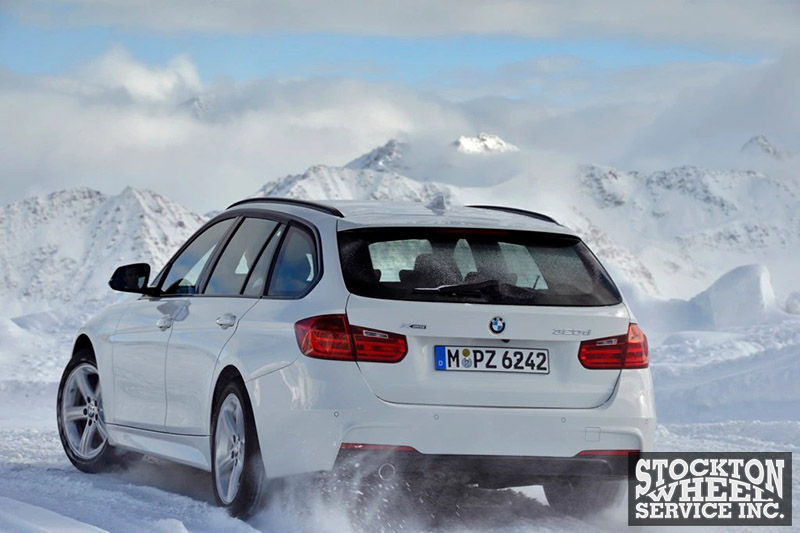
Sadly, no. Driving rear-wheel drive vehicles in the snow is the worst decision ever made. Numerous challenges are spotted due to the following factors:
- Low traction: As its name suggests, RWD weight leans more to the rear than the front, resulting in horrible traction on ice, snow, or other slippery surfaces. Drivers also face immense difficulties maintaining control, steering, and accelerating.
- Handling: RWD cars have a worrying tendency to oversteer, especially under low-traction circumstances. The car’s back end slides out, leading to potential risks of spinning or even skidding.
- Limited Pushing Ability: Under heavy snow, it would be terrific to use FWD or even AWD, as the extra power on the front driving wheels can pull the entire car forward. The same could not apply to RWD: the heavy loads on the rear make it a pain to plow up inclines or through thick snow.
Yet, that’s not to say driving RWD in snow is totally impossible; such a feat can still be achieved with great driving skills and high-quality winter tires. It’s just that the techniques required will be much more complex than navigating AWDs or FWDs.
4. AWD: Is All Wheel Drive Good in Snow?
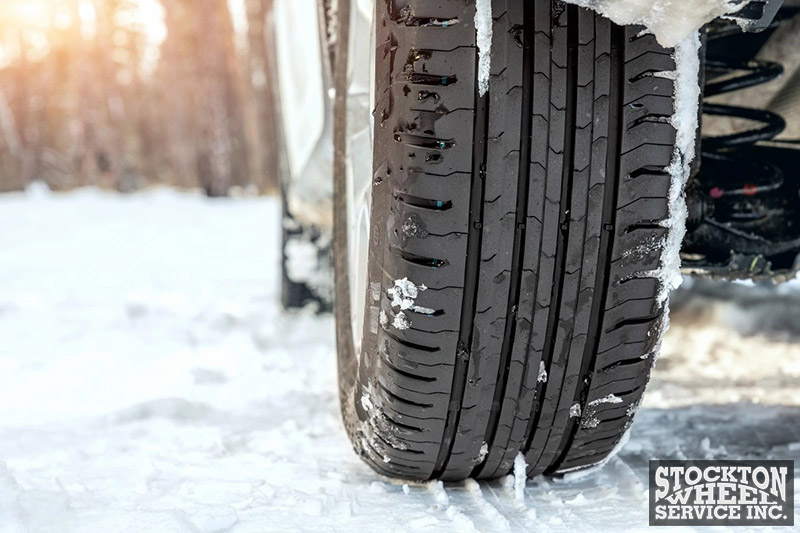
Yes; its performance is comparable to 4WDs without all the bothersome drawbacks.
For one, the system delivers equal and simultaneous power to all 4 wheels, offering much more traction than 2WDs. As a result, drivers can maintain better stability and control on icy roads.
Better yet, in urgent snowy conditions, AWDs use smart sensors to detect and distribute driving power to the wheel with the best grip levels (at the time), facilitating smooth acceleration even on wet surfaces. Navigating turns and corners is also a breeze, keeping sliding or skidding risks at bay.
To the deal, some AWD cars even feature specialized control modes (ex: “ice,” “snow,” etc.) for further optimization. The traction and power delivery can be adjusted accordingly to provide punctual assistance, streamlining your driving trip to new heights.
Amazing as it is, AWD is not without flaws. It suffers from significantly lower fuel efficiency ratings than other drivetrain systems – which is understandable, considering the continuous power distribution. Huge energy consumption and mechanical losses are only a matter of time.
5. Verdict:
AWDs beat other options by a long slide when it comes to winter/snow driving. Amazing traction, great stability, good balance – nothing seems to be lacking at all. But if you live in an area with deep snow almost all year round, a 4WD will be better.
I reside in Utah with hot summers and snowy winters, so I invested in an AWD Ford Escape. The pick-up truck is in FWD mode in normal road conditions, and in cases of losing traction like in snow, the car computer will apply brakes to all tires to minimize sliding. Coupled with a set of winter tires, it would be the best duo ever.
On the other hand, a 4WD car will never work on a dry pavement when summer comes. So where you live will determine your choice.
What Should You Do When The FWD Is Stuck In Snow?
Here are several tried-and-true methods you can use to unstuck it:
- Clearing the snow: Wipe off any ice or snow around your wheels (particularly the front ones; it is a front-wheel drive car, after all!) to improve traction.
- Using traction aids: Place kitty litter, gravel, or sand before the tires. They are known to offer extra traction and grip on snowy surfaces.
- Rocking the car: Gently rock it by alternating between the R (reverse) and D (drive gears). These smooth, light rocking motions might help your tires find lost traction and eventually free themselves.
What Should You Do When The RWD Is Stuck In Snow?
Try out these tricks to free your rear wheel drive in snow:
- Rocking The Car: Like with FWD, gently rock it using the R and D gears alternatively. Remember to use light motions only; otherwise, excessive spins might compromise the gear shifts and push the car further into the snow.
- Switching Traction Control Off: Disabling Traction Control temporarily might enable traction gains and better wheel spins. Once you have enough momentum, re-engage it with caution.
- Pushing or Digging: Are there any passersby around? Ask them to push your car or dig the snow with a shovel to help the tires gain more traction.
What To Do When The AWD Is Stuck In Snow?
You can start out by trying the methods already introduced above. If none of them works, consider:
- Adding Weight: Add more loads to your car by placing heavy objects or sandbags in the cargo or trunk area. Thanks to these extra weights over the wheels, the AWD may reclaim lost traction much faster.
- Using Chains/ Purchasing Snow Tires: Buy proper snow tires at nearby local shops to grease your cars. And in more serious conditions, use tire chains for the wheels to offer extra grip.
Can 4WD Get Stuck in The Snow, Too?
Yes. Despite being equipped with low gears to handle heavy snow, 4WD might still get stuck if:
- The tires are substandard: Tires are always crucial for heavy-weather driving. If they are punctured, suffer from uneven tread wear, or encounter any other issues, gaining traction will be quite a pain.
- Conditions and driver skills: You must always exercise extra caution around heavily-blanketed snow areas. Biased weight distribution, excessive acceleration, or wrong differential usage can all hinder the performance of 4WD systems.
In that case, use the troubleshooting methods above or ask for towing services.
FAQs
Driving on Snow vs. On Ice: Which Is Better?
Though both are extremely dangerous, snow is the lesser devil and can even provide more grip than ice.
What Does “Black Ice” Mean? How To Avoid It?
Black ice refers to dark, transparent ice film hidden in the snow. As black ice is very difficult to see, you should drive slowly (preferably following other cars’ lead) and never leave your eyes off the road.
Conclusion
AWD and 4WD take the crown when it comes to snow driving. FWD also works to some extent, but it’s a big No for RWD.
Prepare traction aids, winter tires, and chains in case your car gets stuck, and drive extremely slowly to avoid accidents.
See more: Different types of wheels

